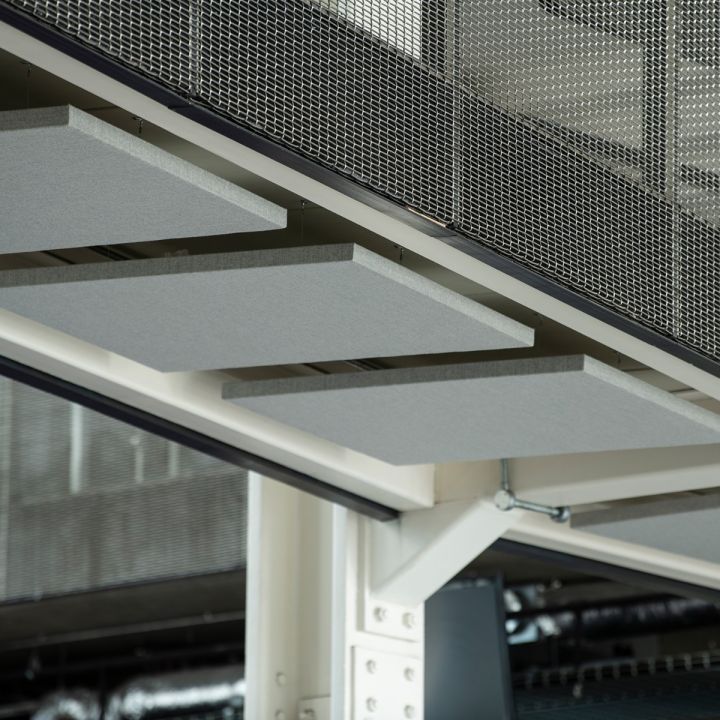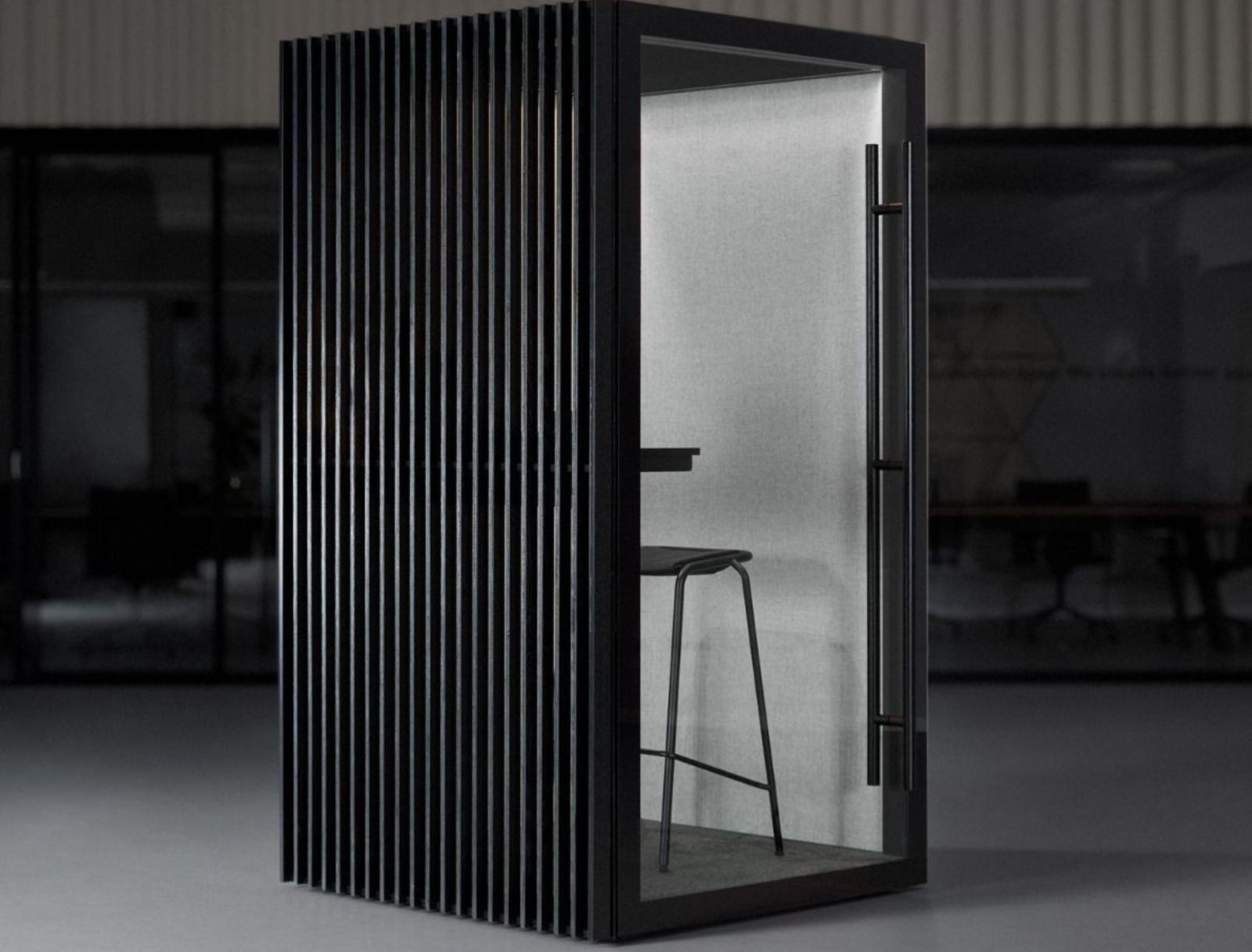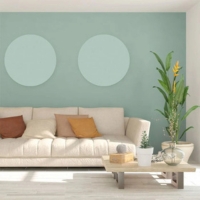
Only sustainable products
Configurable products
Installation available
Free acoustic advice
DIY vs. Professional Installation: Which is Right for Your Acoustic Project?
Acoustic panels can really improve how things sound in your home, office or studio. But should you put them up yourself or get someone else to do it? Let's look at the good and bad points of each choice to help you decide.
| Key Takeaways | |
|---|---|
| DIY Installation | Professional Installation |
| - Saves money (up to 50% less) - You can make it how you want - Takes a lot of time - You need to know how to use tools | - They know what they're doing - Saves you time - You know it will work well - Costs more money |
DIY Acoustic Panel Installation
Good Points:
- Saves money: Making your own panels can cost half as much as buying ready-made ones.
- Make it your way: You can choose the materials and design to fit your room perfectly.
- Feel proud: It feels great when you finish a project you did yourself.
- For simple jobs, it can be quicker than contracting a professional
Bad Points:
- Takes a long time: Building and putting up panels yourself can take several days.
- You need to know how to use tools: You should be okay using things like drills and saws.
- You might make mistakes: If you don't put them up right, they might not work as well.


If you're thinking about doing it yourself, here's a quick look at the costs. We found out that making 8 acoustic panels yourself costs about £270.66, or £33.83 for each panel. This includes all the stuff you need and tools. You can save a lot of money, especially if you're doing a big project.
When you make your own acoustic panels, you need to think carefully about what you use. You usually need a wooden frame, stuff that soaks up sound (like mineral wool or fiberglass), and fabric to cover it. The fabric should let sound pass through to the sound-soaking stuff behind it. Picking the right materials is really important for your panels to work well.
Cost Comparison: DIY vs Pre-made Acoustic Panels
Professional Acoustic Panel Installation
Good Points:
- They know what they're doing: Professionals know exactly where to put panels to make them work best.
- Saves time: A team of pros can finish the job much faster than you could on your own.
- You know it will work: When professionals do it, you can be sure the panels will do what they're supposed to.
Bad Points:
- Costs more: Getting professionals to do it can be a lot more expensive than doing it yourself.
- You're not as involved: You won't get to experience making the panels yourself.
- Fitting it into your schedule: You'll need to work around when the installers can come.


Getting professionals might be the best choice if your room is complicated or if you want to be sure the panels are in the perfect spots. Our team at Sonio knows a lot about making acoustic panels work their best. Professionals can look closely at how sound works in your room, find problem areas, and suggest the best places and types of panels to use.
Things to Think About
When deciding between doing it yourself or getting professionals, think about:
- How much money you have: Doing it yourself is cheaper, but professionals make sure it works well.
- How much time you have: Do you have several days to work on this project?
- What you're good at: Are you okay with basic woodworking and putting things on walls?
- Your room: Complicated rooms might need professional help.
- How tricky the sound is: Rooms where sound is really difficult might need a professional to look at it.
- Future plans: Think about if you might change the room later.
Key Points: DIY Acoustic Panels
- Saves money: Make panels for half the price of ready-made ones
- Materials: Wood frames, insulation (like Owens Corning 703), and fabric
- Size: Usually 2 feet wide, 4 feet long, and 2-4 inches thick
- Where to put them: Focus on corners, behind speakers, and where sound bounces
- Thickness: 2-inch panels for most uses, 4-6 inch for better low sound absorption
- How to put them up: Can be hung on walls or from the ceiling
- How long it takes: A few days to do a whole room
How to Do It Yourself
If you want to do it yourself, here's a quick look at what you need to do:
- Get your stuff: Wood for frames, insulation, fabric, and things to hang them with.
- Make the frames and put insulation inside.
- Cover the panels with fabric.
- Hang the panels on walls or the ceiling.
Check out our step-by-step guide for more details. Remember to be safe when working with insulation and tools. Also, make sure your panels are hung up securely so they don't fall.
How Professionals Do It
Here's what happens when professionals install your panels:
- They come to look at your room
- They make a plan just for your room
- They make the panels (if you need special ones)
- They put the panels up
- They check everything and make final adjustments
Professionals often use special tools to measure how sound works in your room before and after they put the panels up. This helps them put the panels in the best spots. They can also fix specific sound problems that might be hard to solve on your own.
Conclusion
Both doing it yourself and getting professionals have good points. Doing it yourself can save money and make you feel proud, while professionals make sure it works perfectly and save you time. Think about what you need, how much money you have, and what you're good at when you decide.
Whether you do it yourself or get professionals, acoustic panels will make the sound in your room much better. If you need help deciding or want to know more about getting professionals to do it, you can always contact us at Sonio. We're here to help you make your room sound great.
Remember, making your room sound better is an investment. Whether you're setting up a home theater, a music studio, or just making your living room sound nicer, putting up acoustic panels the right way can make a big difference. Take your time to learn about it and plan what you're going to do, and you'll end up with a room that sounds much, much better.
[related_products is_auto_added="1"] Acoustic Wall Panels
Acoustic Wall Panels  Acoustic Ceiling Panels
Acoustic Ceiling Panels  Acoustic Ceiling Baffles
Acoustic Ceiling Baffles  Acoustic Screens
Acoustic Screens  Acoustic Fabric
Acoustic Fabric  Acoustic Lighting
Acoustic Lighting  Acoustic Booths and Pods
Acoustic Booths and Pods  Acoustic Panel Accessories
Acoustic Panel Accessories 
































